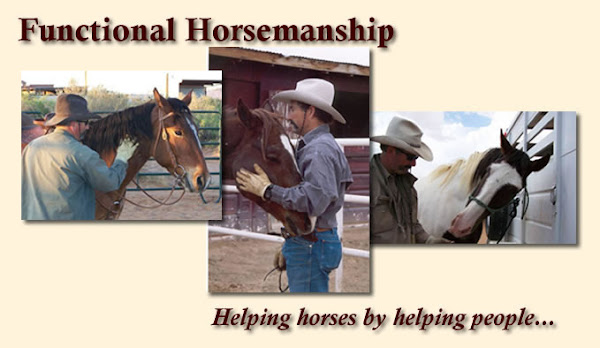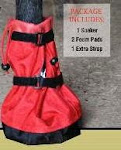.jpg)
Horse people from all over the country conduct local or regional type events each and every weekend simply for the love of horses. These event coordinators put in long hours, make phone call after phone call, coordinate set up and often do much of the labor themselves, mostly without any recognition at all. Again they simply do it for the love of horses and these events benefit all through the education it provides.
These events can be shows, competitions, clinics, trail rides or what I attended a couple weeks ago, which was the second annual Equine Extravaganza, hosted on 14 February by the Lower Valley Horsemen's Association (LVHA) of the greater El Paso, Texas area. This event was coordinated and ran by Vicki Maly of the LVHA featured a training demonstration, stallion showcase and bidding for breedings, a Therapeutic Horsemanship demonstration, an auction and raffle, and several vendors offering tack, related gear and western theme goods. Event proceeds went to support a local horse rescue and Therapeutic Horsemanship organization.
+(640x424).jpg) This year Vicki was able to bring in Rudy Lara of No Strings Attached Horsemanship of La Mesa, New Mexico to give a Cowboy Dressage demonstration. That's Rudy in both pictures above, with his exceptionally trained Bay Horse. While most of the people in the area probably have heard of Rudy, it would be an even bet to say that they came away with a higher regard for Rudy's horsemanship skills as he demonstrated tenants of Cowboy Dressage and talked to the crowd about understanding horses to enable a relationship that training can be built upon. La Mesa, New Mexico is within the greater El Paso, Texas - Las Cruces, New Mexico area. Those people with training issues shouldn't hesitate in contacting Rudy Lara to help out. You can visit Rudy's website here to get more information.
This year Vicki was able to bring in Rudy Lara of No Strings Attached Horsemanship of La Mesa, New Mexico to give a Cowboy Dressage demonstration. That's Rudy in both pictures above, with his exceptionally trained Bay Horse. While most of the people in the area probably have heard of Rudy, it would be an even bet to say that they came away with a higher regard for Rudy's horsemanship skills as he demonstrated tenants of Cowboy Dressage and talked to the crowd about understanding horses to enable a relationship that training can be built upon. La Mesa, New Mexico is within the greater El Paso, Texas - Las Cruces, New Mexico area. Those people with training issues shouldn't hesitate in contacting Rudy Lara to help out. You can visit Rudy's website here to get more information. .jpg) Therapeutic Horsemanship of El Paso (THEP) demonstrated the how's and why of matching disabled people with horses to further rehabilitation or to just provide a quality of life to that person's that horses are uniquely suited to provide. The THEP team in action in the picture at right. Their website is here.
Therapeutic Horsemanship of El Paso (THEP) demonstrated the how's and why of matching disabled people with horses to further rehabilitation or to just provide a quality of life to that person's that horses are uniquely suited to provide. The THEP team in action in the picture at right. Their website is here..jpg)
The Stallion showcase featured three stud horses, including this Leopard Appaloosa in the picture above, whose owners auctioned off breedings which all went to support the THEP and Perfect Harmony Horse Rescue, a Chaparral, New Mexico based rescue organization, a 501(c)(3) non profit horse rescue and sanctuary, concentrating on older and/or disabled equine.
And speaking of Therapeutic Horsemanship, the American Competitive Trail Horse Association (ACTHA) is hosting 1,000 competitive trail rides and arena obstacle competitions in March, to benefit the 850 Therapeutic Horsemanship centers in North America under the Professional Association of Therapeutic Horsemanship International (PATH). These rides are scheduled on March 15th and 16th all across the country and hope to raise $1 Million dollars for PATH. If you are interested in supporting this in any way, so to the ACTHA site and find a ride near you and call the event coordinator.














